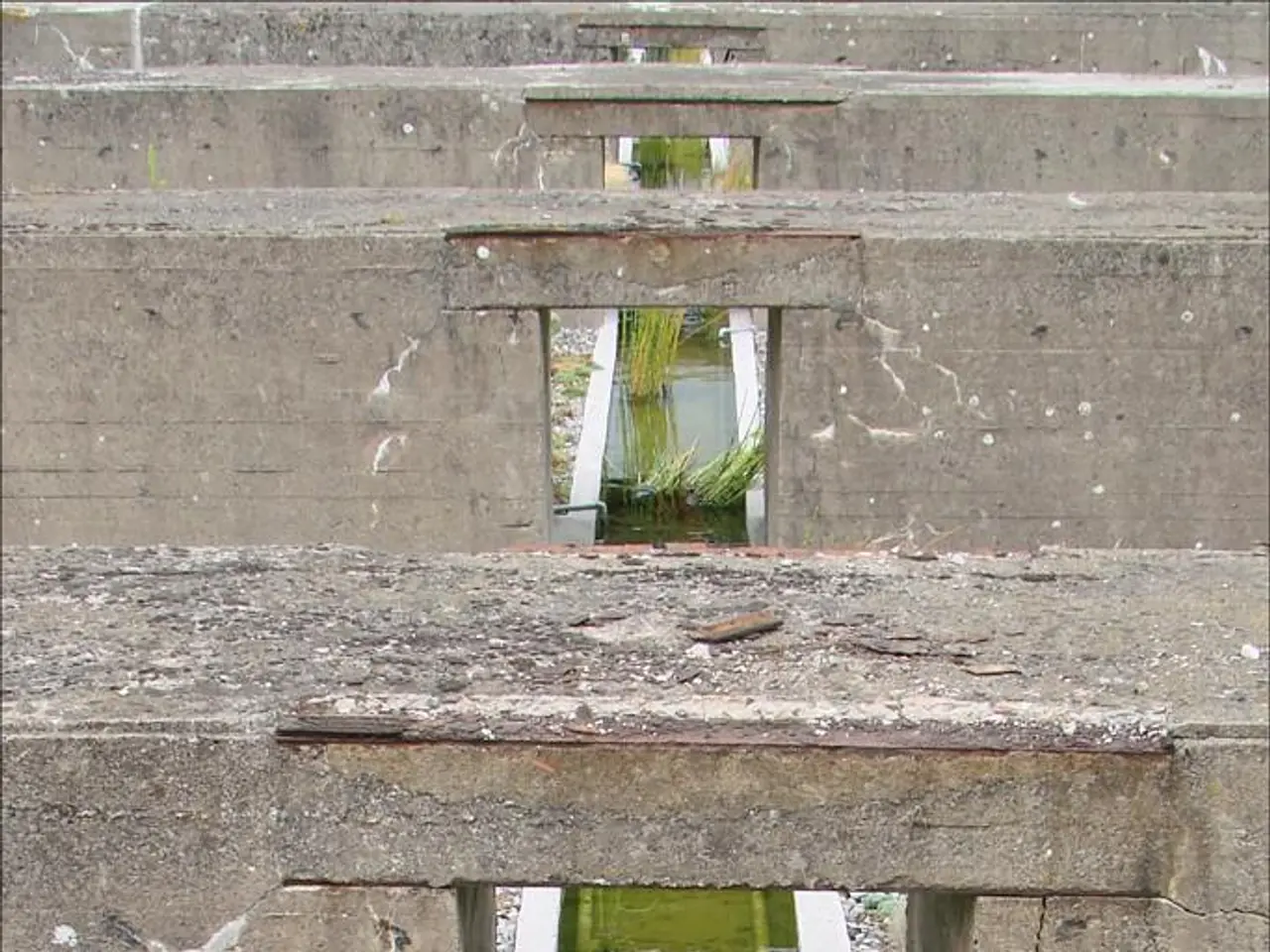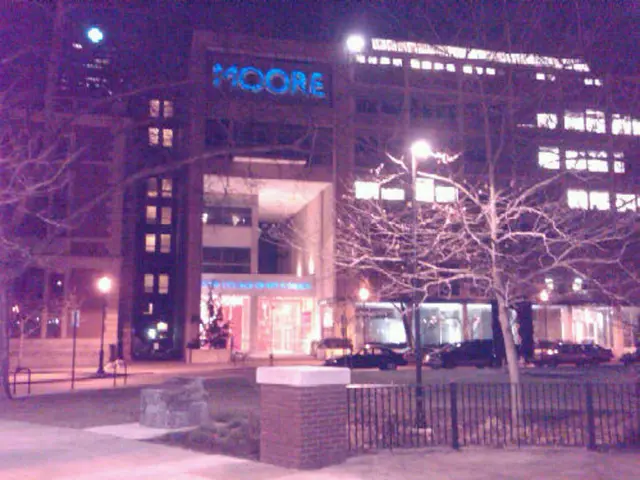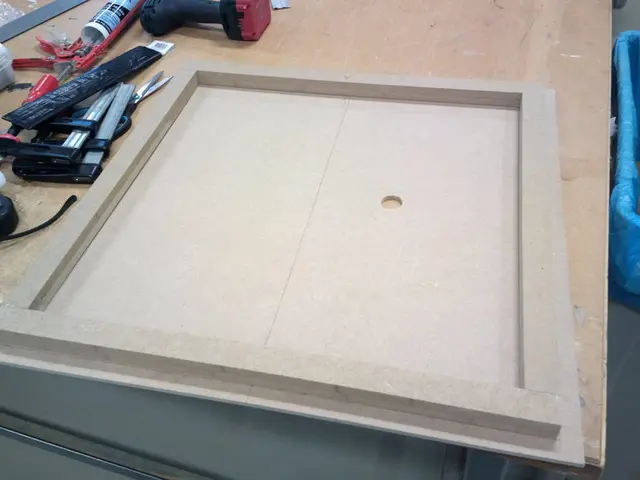Underground coal operations generate eco-friendly warmth for 750 residences
In a groundbreaking initiative, the town of Seaham in County Durham is set to become a pioneer in the use of mine water for home heating. The Seaham Energy Centre, located next to the Dawdon mine water treatment scheme, will extract warm water from deep underground to provide a renewable, low-carbon heat source for 750 homes.
This innovative approach is part of a broader effort to explore mine water as an energy source, capitalising on the UK's vast network of disused coal mines. Across the country, there are over 80 mine water treatment schemes, and similar projects using mine water as a potential energy source are already being trialed.
The UK's disused coal mines are being repurposed for renewable home heating primarily through minewater geothermal energy systems. These systems use the naturally warmed water found in flooded, abandoned coal mines as a steady, low-carbon source of heat. The warm mine water is pumped through boreholes to heat pumps, which raise the temperature for practical use in buildings. The cooled water is then reinjected back into the mine to maintain a sustainable, continuous heating cycle.
The Seaham project, led by Durham County Council in partnership with Karbon Homes and Esh Group, is expected to significantly cut carbon emissions and keep heating costs down. Councillor Mark Wilkes of Durham County Council believes the Seaham project could help shape the future of low-carbon heating in the UK.
The project's success could pave the way for further expansion of mine water heat networks, benefiting more homes, schools, and businesses in the UK. According to estimates, an estimated 6 million homes in the UK could benefit from disused coal mines as a heating source.
Richard Bond, Innovation and Services Director at the Mining Remediation Authority, considers the Seaham project a significant step towards using mine water heat as a practical alternative to fossil fuels. He sees potential for similar projects across other former coalfield regions.
The water extracted at the Seaham Energy Centre is passed through heat pumps to raise its temperature for home heating. The system is designed to provide a sustainable and low-carbon way to heat homes and commercial buildings, turning the country's industrial legacy into a clean energy asset.
The project demonstrates that abandoned coal mines could play a key role in the future of home heating, offering an alternative to gas boilers. As the UK continues to strive towards its decarbonization goals, the repurposing of mine water for renewable energy is a promising solution that could revitalise local economies by creating new jobs and economic opportunities in post-industrial communities.
- The innovative Seaham Energy Centre project, part of a broader effort in the UK, aims to design a renewable, low-carbon heat source using mine water for 750 homes.
- This groundbreaking project, led by Durham County Council, will build an energy centre next to the Dawdon mine water treatment scheme.
- Across the country, similar projects are being built to explore mine water as a potential energy source, capitalizing on over 80 mine water treatment schemes already in existence.
- The Seaham project, using minewater geothermal energy systems, will extract warm water from deep underground to provide a steady, low-carbon heat source for buildings.
- Fundamental to this process is the design of the system, where the warm mine water is pumped through boreholes to heat pumps, which raise the temperature for practical use.
- The cost-effectiveness and environmental benefits of this project are significant, as it is expected to cut carbon emissions and keep heating costs down for homeowners.
- This project, according to estimates, could guide the UK towards a future where an estimated 6 million homes could benefit from disused coal mines as a heating source, revolutionizing the home-and-garden and sustainable-living industries.
- The successful implementation of this project could lead to the interface of renewable-energy, environmental-science, finance, and industry, creating new economic opportunities in post-industrial communities, thereby promoting sustainable living throughout the UK.







